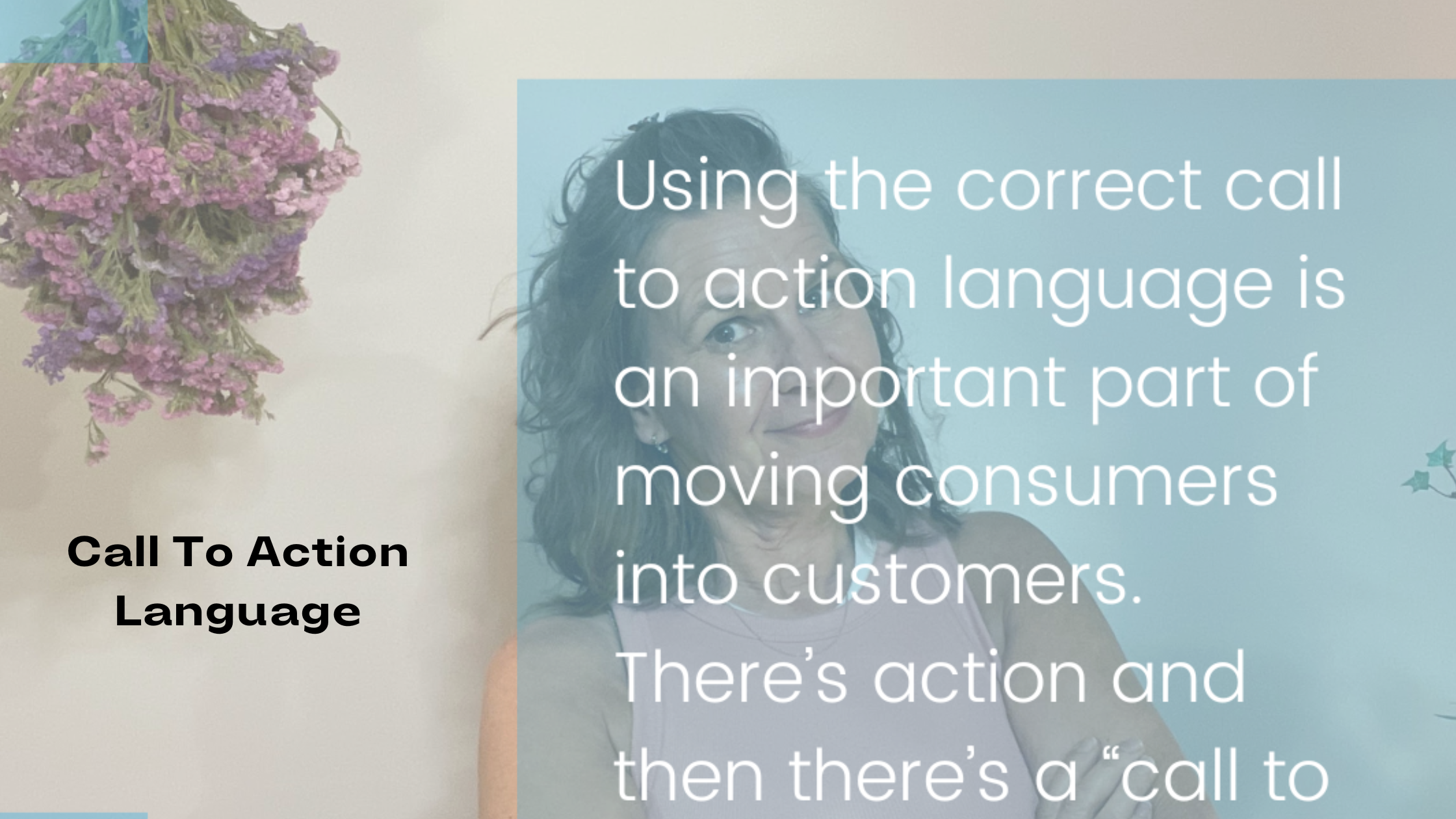Using the correct call to action language is an important part of moving consumers into customers.
There’s action and then there’s a “call to action”.
A call to action (abbreviated as CTA) gives your audience something concrete to tackle. It’s an invitation for a user to take your desired action. It’s these tasks that must be completed in order to bring them closer to you. This could mean closer to a sale or your product or service. It could mean subscribing to your newsletter or maybe watching a video. A Call to Action makes your conversion rates explode–the percentage of users who took action.
Whether the goal you’re trying to achieve is to increase subscriptions, boost sales, or move a reader to another piece of content, the best actions are those that motivate without hesitancy. The best call-to-action phrases are brief and direct. In order to be effective your call to action must use strong verbs, such as “click here”, “join my list’, and “discover your best life.” All of these CTAs serve one purpose: to get people to take an action.
A call to action is often the final instruction.
It’s an instruction that would only make sense. A direction that doesn’t allow people an option to wait and think. Your call to action is all about taking immediate action. It’s a straightforward request that requires little effort. If you give people an option to wait and think, they will think about their decision and overthink it. It’s a complex action depending on what is waiting on the other side.
In today’s world, we use landing pages and pop-ups for CTAs. Landing pages are generally a stand-alone page for your offer. A pop up is a box that “pops up” on a page to extend your offer. (Commonly a pop-up extends your offer and includes a place to enter their name and email address).
Your Call to Action needs to stand out.
Years back direct mail advertisements used large colorful lettering to stand out. Tody’s digital advertisements follow this style. The only change is now a reader or a consumer clicks a button that stands out. A large, brightly-colored button on a sales page is appealing to the eye. A red button means take action.
The “why-not’ approach is probably the most effective. No one likes to be left behind. “After all you have nothing to lose.”
Experts use an everything-to-gain logic, that now there is a sense of urgency. Their approach is fear-based to shift the mindset from “why” to “why not?” For example, “Get the Secret NOW!” For a reader who might already be interested, the message is clear–immediate gratification. If you wait, the secret could be gone. When there’s no significant reason not to take action, why-wouldn’t-they-take-action, is another approach. The idea of immediate gratification and “no obligation” is compelling. You’re taking away the complexity of making a decision that allows for an affirmative answer.
Testing is key to increasing conversions.
Your CTA should be tested to ensure it produces the desired result with a high conversion rate. Testing a call-to-action button is important for ensuring that it’s easy and intuitive to understand. A good way of doing this would be by testing various words or phrases, such as “buy now” in order to see which ones get the best response rate from users before moving on to other elements like color schemes and font sizes, etc.
There’s a learning curve with what works. If your page, doesn’t include an obvious call to action, you risk losing potential customers. Depending on the end result, your CTA must allow the visitor to feel comfortable enough to take the next step. It can’t be too high pressure, but it must make sense to the visitor or reader. Testing allows you to strike a balance where you can guide instead of forcing anyone to take action. The call to action is only effective based on where your reader or viewer is at in the process. If they’re on a cart screen or a payment screen, “pay now” is the logical CTA. While some are obvious, there are still lessons to learn.
- Emphasize low risk–a free offer or the CTA is “risk-free”.
- Your CTA must be as clear as possible about what you’re offering. The most effective CTAs are straightforward and in your own voice.
- What are the benefits? The benefits will always over-deliver in value if they agree to your CTA.
Your call to action will start moving consumers into customers. It’s great to see that you are interested in learning more about how lead management can help your business. As we touched on earlier, there is a bit of a learning curve when it comes to what works and what doesn’t. However, the effort is definitely worth it. If you would like to learn more about how a simple “call to action” can help increase leads for your business, please complete my five-question survey below for a free gift. I hope you enjoyed this post and found it helpful!






Interesting post, thank you!
I am glad I don’t have to sell anything on my page though. It would stress me out to come up with new ways to convince people to click here and buy now 😉
PS: Abbreviations are tricky. Depending on the industry CTA stands for Computed Tomography Angiography
Great! I need to go through my old blogs and add calls to action.
Lots of great tips – thanks for sharing.
And to add to what Tamara said, I have been doing some work for a client website and lots of references to CTA — for Canadian Transportation Association. LOL